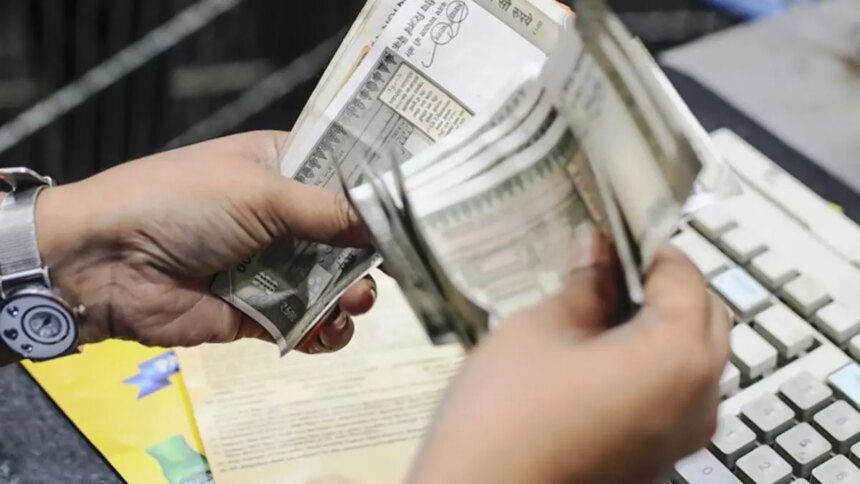The Indian Rupee has bounced back to the level of 86.63 against the US dollar in early trading on Tuesday, following a low of nearly ₹88 that was recorded on Monday. This recovery is attributed to strategic interventions by the Reserve Bank of India (RBI) and strong inflows in the debt markets, according to experts.
“A net inflow of ₹295 crore, primarily into debt markets, provided the initial push. Seizing the moment, the RBI struck while the iron was hot, selling forwards to reinforce the momentum,” said Amit Pabari, MD at CR Forex.
He added, “This intervention triggered a sharp appreciation, compelling exporters to unwind positions as stop-loss levels were breached, further amplifying the rupee’s rally.”
The Indian rupee, like other emerging market currencies, has been experiencing volatile movements with a negative bias due to global uncertainties stemming from US President Donald Trump’s tariff wars. On Monday, Trump increased tariffs on steel and aluminium imports to a flat 25 per cent “without exceptions or exemptions”.
Additionally, a liquidity deficit in the banking system and capital outflows from large foreign investors contributed to the rupee hitting a new all-time low of 87.95 against the US dollar in intra-day trading on Monday.
Looking ahead, experts predict that the rupee may continue to fluctuate in the range of 87.50-88.20 against the US dollar in the near term, with 87.50 serving as a key support level. This balancing act will take into account global uncertainties and domestic policy shifts.
The news article was published on February 11, 2025.









